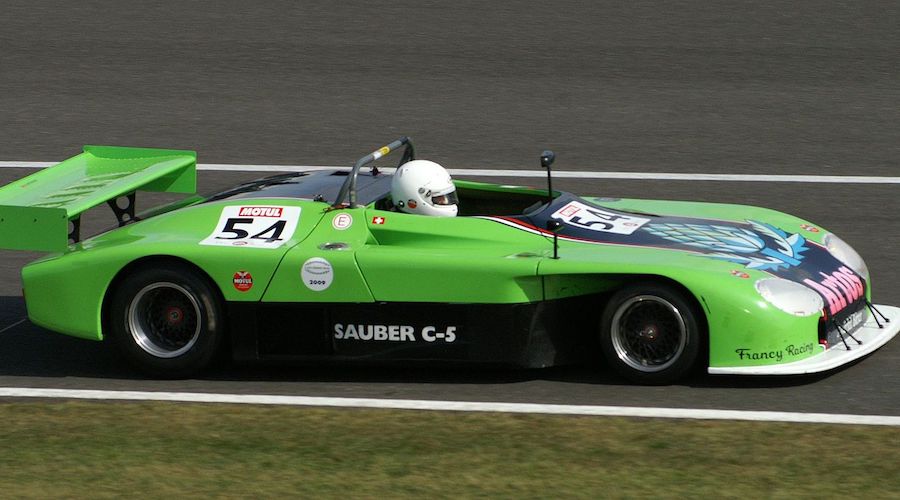
A race for the title of “global leader” in the new green economy
As is the case of rare earths and other critical materials used in EVs and other green innovations, the United States continuously finds itself in a position of playing catch-up with China’s hyper-nationalistic economy. This time the race is not just over Chinese solar panels or Russian hypersonic missiles. This time it is a race for what will be history’s most prestigious title of “innovation leader of a new age” the age of the new green economy, and the challenge is coming from Europe.
Sweden is the first country to pursue the industrial transformation to Green Steel through two different projects. The first is a fully integrated joint venture called (Hybrit-this is a fully integrated mine to metal project.). The Swedish initiative is comprised of steelmaker (SSAB), iron ore producer (LKAB) and energy company (Vattenfall), all planning to establish their first demonstration plant to remove fossil fuels from the steelmaking process by 2026.The demonstration plant will initially produce 1.3 million metric tons of fossil-free sponge iron, and expand capacity to 2.7 million tons by 2030. SSAB has even gone further downstream by signing a collaboration agreement with Volvo Group on research & development, serial production and commercialization of the world’s first vehicles using fossil-free steel produced from hydrogen. However, Hybrit is not the only Green Steel project in Sweden.
The second is calling itself H2 Green Steel (H2GS), a Swedish venture that will use hydrogen produced from renewable energy to reduce iron in the production of steel. Demonstration scale production is scheduled to begin as early as 2024 and full-scale commercial production will follow through 2030, with a targeted production of five million tons of carbon-free steel annually.
Until last week, the US did not have a contestant in the race to Green Steel. On June 4th ThREE Consulting announced that it has applied for funding from the Department of Energy (DoE) to generate integrated feasibility studies to validate the techno-economic assessment of their domestic Mine to Metal, Green Steel Project, located in East-Central Missouri (USA).
The press release outlines a true, fully integrated mine to metal project to produce hydrocarbon-free Green Steel. The press release stated that the defining goal of this project is to produce Green Steel economically: not relying on carbon-capture credits, subsidies or inflated ‘premium pricing’ for Green Steel.
The feasibility studies will demonstrate the economic viability of utilizing “commercially proven hydrogen-reduction technologies” with nuclear and renewable power to generate hydrogen for the reduction of iron ore (DRI). The commercial scale facility would produce 2.5 million tons of hydrocarbon free steel.
The mine is fully permitted, all necessary real-estate is already under the control of ThREE’s sister companies, all employed technologies are proven at commercial scale and feasibility production will take less than 18 months. Assuming an expedited DoE grant approval process, normal project development timelines and ready investors, the projected steel production start date can be competitive with state-sponsored SSAB and H2GS Green Steel projects in Sweden. The full press release for the ThREE Consulting project can be found on this link. Unlike the two Swedish projects, ThREE asserts that its only emission will be oxygen.
Other steel producers are developing less ambitious strategies to reduce or sequester CO2 emissions, such as ArcelorMittal, who is exploring what it calls a “smart carbon” route. This strategy involves a mixture of biomass and carbon-capture approaches.
Japanese and German steel producers are looking into mixed-gas strategies that substitute some portion of the CO reducing gas with hydrogen. These substitution and sequestering strategies are just variations of the status quo, or half-measures. These are not true Green Steel projects.
The term Green Steel needs to be exclusively reserved for steel producers that can demonstrate zero hydrocarbon utilization from iron ore reduction to steel production
The term Green Steel needs to be exclusively reserved for steel producers that can demonstrate zero hydrocarbon utilization from iron ore reduction to steel production. Anything less should be measured under a different category. For example, “Cyan-Steel” could be a classification for recycled steel mixed with hydrocarbon-free reduced iron ore (DRI) using renewable energy to power the EAF. “Blue-Steel” could be a measured category to produce reduced iron ore using mixed reduction gasses (H2 + CO, or other) and renewable-powered EAF steelmaking technology. “Yellow/Grey” or “Brown-Steel” could be for biofuel or sequestered CO2 emission processes for the reduction of iron in conjunction with renewable powered EAF steelmaking. Other emission reduction classifications can be applied to emission reductions associated with the traditional blast furnace process.
The SSAB, H2GS and ThREE Consulting projects are true mine to metal Green Steel projects. Developing a scoring classification or a green-ratio, even conducting Life Cycle Assessments (LCA) for reduced-emission green steel will be crucial to the promoting and pricing differences between low and no emission steel products.
The ranking and scoring of all possible configurations of green and reduced-emission steel will become an issue to be defined by international bodies; one thing will be decided in the context of history as early as 2025.
From the advent of metals, beginning in the bronze age to the formation of national steel industries, metal, and eventually steel has been the proxy for leading societies and industrial economies throughout human history.
The first nation to commercially produce economically viable Green Steel will earn history’s title as the leader and innovator of the “new green economy”.
The Race has begun, and the world is watching.




